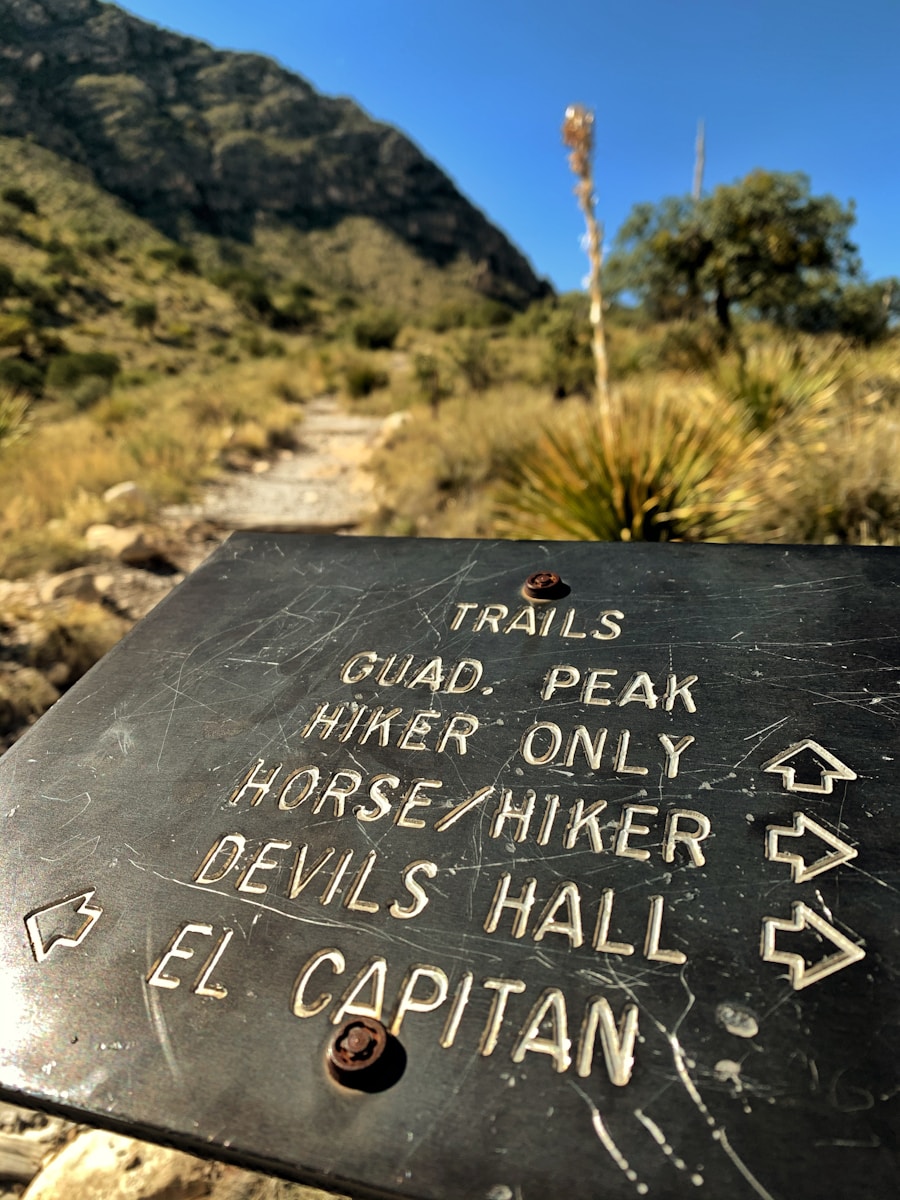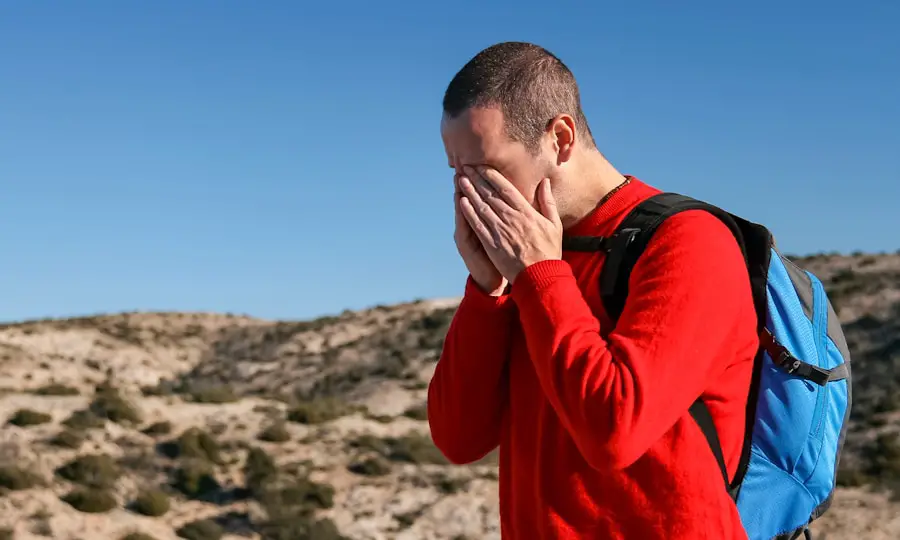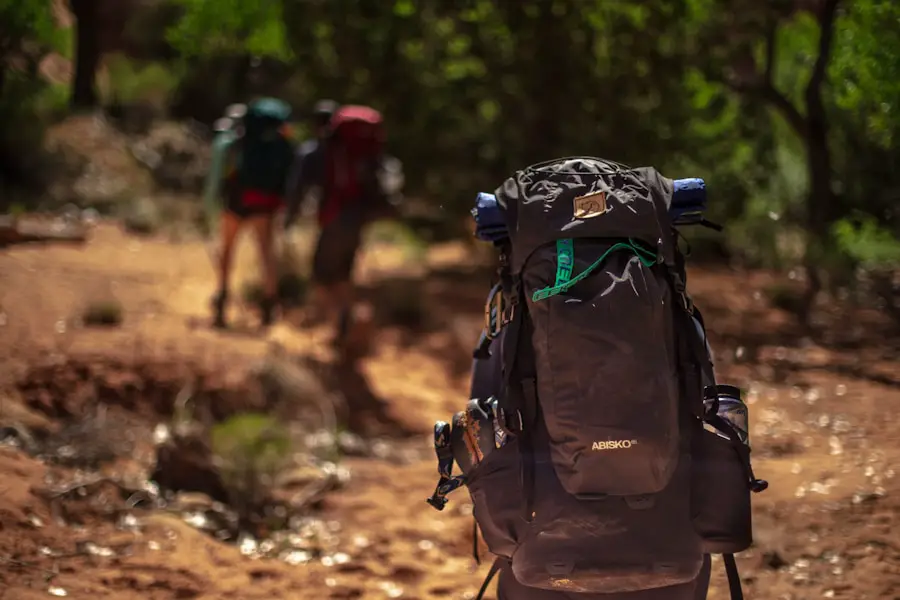Hiking is a beloved outdoor activity that allows individuals to connect with nature, explore diverse landscapes, and experience the beauty of the great outdoors. In Spanish-speaking countries, hiking is not just a recreational pursuit; it is often intertwined with cultural traditions and local customs. From the rugged mountains of the Andes to the lush forests of Central America, the opportunities for hiking are abundant and varied.
As more people seek to explore these breathtaking terrains, understanding the language and culture becomes essential for a fulfilling experience. The allure of hiking in Spanish-speaking regions lies not only in the stunning vistas but also in the rich history and vibrant ecosystems that accompany these trails. Whether traversing the ancient paths of the Inca Trail in Peru or wandering through the national parks of Costa Rica, hikers are often met with a tapestry of flora and fauna unique to each locale.
This article aims to equip outdoor enthusiasts with the necessary Spanish vocabulary, essential phrases, safety tips, cultural etiquette, and practical advice for navigating hiking trails in Spanish-speaking countries.
Key Takeaways
- Hiking is a popular outdoor activity in Spanish-speaking countries, offering breathtaking landscapes and diverse terrain.
- Basic Spanish vocabulary for hiking includes words like senderismo (hiking), mochila (backpack), and botas de montaña (hiking boots).
- Essential phrases for hiking in Spanish include “¿Dónde está el sendero?” (Where is the trail?) and “Necesito ayuda” (I need help).
- Safety tips for hiking in Spanish-speaking countries emphasize the importance of staying hydrated, being aware of wildlife, and informing others of your hiking plans.
- Cultural etiquette for hiking in Spanish-speaking countries involves respecting local customs, leaving no trace, and being mindful of indigenous lands.
Basic Spanish Vocabulary for Hiking
To embark on a hiking adventure in a Spanish-speaking country, it is crucial to familiarize oneself with basic vocabulary that pertains to the activity. Knowing key terms can enhance communication with locals, fellow hikers, and guides. For instance, understanding words like “sendero” (trail), “montaña” (mountain), and “naturaleza” (nature) can help hikers navigate their surroundings more effectively.
Additionally, terms such as “agua” (water), “comida” (food), and “mapa” (map) are essential for ensuring that one is well-prepared for the journey ahead. Moreover, it is beneficial to learn specific vocabulary related to hiking gear and safety. Words like “mochila” (backpack), “botas de senderismo” (hiking boots), and “linterna” (flashlight) are integral to discussing equipment.
Understanding phrases related to weather conditions, such as “lluvia” (rain) or “sol” (sun), can also aid hikers in making informed decisions about their excursions. By mastering this foundational vocabulary, hikers can communicate their needs and preferences more effectively while immersing themselves in the local culture.
Essential Phrases for Hiking in Spanish

In addition to basic vocabulary, knowing essential phrases can significantly enhance a hiker’s experience in Spanish-speaking countries. Simple expressions such as “¿Dónde está el sendero?” (Where is the trail?) or “¿Cuánto tiempo tomará llegar a la cima?” (How long will it take to reach the summit?) can facilitate interactions with locals and fellow adventurers. These phrases not only demonstrate a willingness to engage but also help in gathering vital information about the hiking route.
Furthermore, it is important to be able to express needs and concerns during a hike. Phrases like “Necesito ayuda” (I need help) or “Estoy perdido/a” (I am lost) can be crucial in emergency situations. Additionally, knowing how to ask for directions or inquire about nearby landmarks can provide reassurance and guidance along the way.
For example, “¿Hay un refugio cerca?” (Is there a shelter nearby?) can be particularly useful when seeking rest or shelter from inclement weather. By equipping oneself with these essential phrases, hikers can navigate their adventures with greater confidence and ease.
Safety Tips for Hiking in Spanish-speaking Countries
| Country | Number of Hiking Accidents | Most Common Hazards | Safety Tips |
|---|---|---|---|
| Spain | 150 | Heat stroke, dehydration, falls | Stay hydrated, wear appropriate clothing, use sunscreen |
| Chile | 120 | Altitude sickness, extreme weather, wildlife encounters | Acclimate to altitude, check weather forecast, carry bear spray |
| Argentina | 100 | Rockslides, river crossings, getting lost | Stay on marked trails, bring a map and compass, check weather conditions |
Safety should always be a top priority when hiking, especially in unfamiliar territories. In Spanish-speaking countries, understanding local safety protocols and guidelines is vital for ensuring a secure experience. One of the first steps is to research the area before embarking on a hike.
Familiarizing oneself with potential hazards, such as wildlife encounters or challenging terrain, can help hikers prepare adequately. It is advisable to check local weather forecasts and trail conditions, as these factors can significantly impact safety. Additionally, it is crucial to inform someone about your hiking plans before setting out.
Phrases like “Voy a salir de excursión” (I am going hiking) followed by details about your route and expected return time can be helpful for ensuring that someone knows your whereabouts. Carrying a fully charged mobile phone and a portable charger can also be beneficial for emergencies. In remote areas where cell service may be limited, having a physical map or GPS device can provide an extra layer of security.
Cultural Etiquette for Hiking in Spanish-speaking Countries
Cultural etiquette plays an important role in enhancing the hiking experience in Spanish-speaking countries. Respecting local customs and traditions not only fosters goodwill but also enriches interactions with local communities. For instance, many indigenous cultures have deep connections to the land and may view certain trails as sacred.
It is essential for hikers to approach these areas with reverence and understanding, acknowledging their significance. Moreover, being mindful of environmental conservation is crucial when hiking in these regions. Phrases like “Dejar no rastro” (Leave no trace) encapsulate the importance of preserving natural spaces for future generations.
Hikers should adhere to established trails, avoid littering, and be cautious about disturbing wildlife. Engaging with local guides can also provide valuable insights into cultural practices and environmental stewardship, allowing hikers to contribute positively to the communities they visit.
Finding Hiking Trails in Spanish-speaking Countries

Research and Online Resources
Online resources such as local tourism websites or hiking forums can provide valuable information about popular trails, including user reviews and difficulty ratings. Additionally, social media platforms often feature groups dedicated to hiking enthusiasts who share tips and recommendations.
Local Visitor Centers
Local visitor centers are another excellent resource for discovering hiking trails. Staff members are typically knowledgeable about the area and can provide maps, brochures, and insights into hidden gems that may not be widely advertised. Engaging with fellow hikers at these centers can also lead to valuable recommendations based on personal experiences.
Enhancing the Hiking Experience
Whether exploring national parks or lesser-known routes, taking the time to research and connect with local resources can enhance the overall hiking experience.
Gear and Equipment for Hiking in Spanish-speaking Countries
Having the right gear and equipment is essential for a successful hiking experience in any environment, but it becomes even more critical when navigating diverse terrains found in Spanish-speaking countries. A sturdy pair of “botas de senderismo” (hiking boots) is fundamental for providing support and traction on uneven surfaces. Additionally, investing in moisture-wicking clothing can help regulate body temperature and keep hikers comfortable throughout their journey.
A well-equipped “mochila” (backpack) should include essentials such as water bottles or hydration systems, snacks, a first-aid kit, sunscreen, and insect repellent. Depending on the length of the hike, additional items like trekking poles or portable cooking gear may also be beneficial. Understanding how to pack efficiently while ensuring that all necessary items are included is key to enjoying a hassle-free adventure.
Embracing the Outdoors in Spanish
Hiking in Spanish-speaking countries offers an unparalleled opportunity to immerse oneself in breathtaking landscapes while engaging with diverse cultures. By equipping oneself with essential vocabulary, phrases, safety tips, cultural etiquette knowledge, trail-finding strategies, and appropriate gear, outdoor enthusiasts can navigate their adventures with confidence and respect for their surroundings. Embracing the outdoors not only fosters personal growth but also deepens connections with nature and local communities.
As hikers traverse winding trails and conquer majestic peaks, they become part of a larger narrative that celebrates exploration and appreciation for the natural world. The journey through these stunning environments becomes an enriching experience that transcends language barriers and cultural differences. Ultimately, embracing hiking in Spanish-speaking countries opens doors to new friendships, unforgettable memories, and a profound appreciation for the beauty that our planet has to offer.
If you’re planning a hiking trip and want to learn how to say hiking in Spanish, you should check out this article on the best sleeping bag for backpacking travel. This article will provide you with valuable information on choosing the right sleeping bag for your outdoor adventures. Additionally, you may also be interested in reading about the 5 best travel skirts for women this spring 2025 to ensure you’re well-prepared for your hiking trip.
Love travel? Join Our Facebook Community
FAQs
What is the translation of “hiking” in Spanish?
The translation of “hiking” in Spanish is “senderismo” or “excursionismo”.
How do you pronounce “senderismo” in Spanish?
“Senderismo” is pronounced as sen-deh-REEZ-moh in Spanish.
Are there any other Spanish words for “hiking”?
Yes, “excursionismo” is another Spanish word that can be used to refer to “hiking”.
Can “hiking” be used as a verb in Spanish?
Yes, the verb form of “hiking” in Spanish is “hacer senderismo” or “ir de excursión”.
